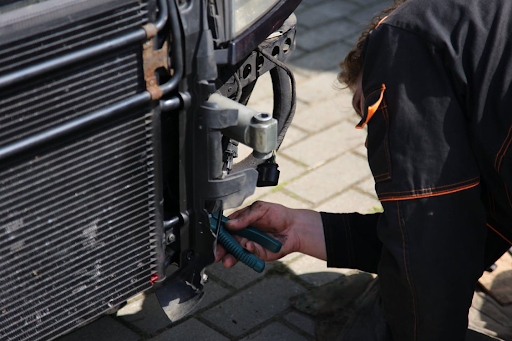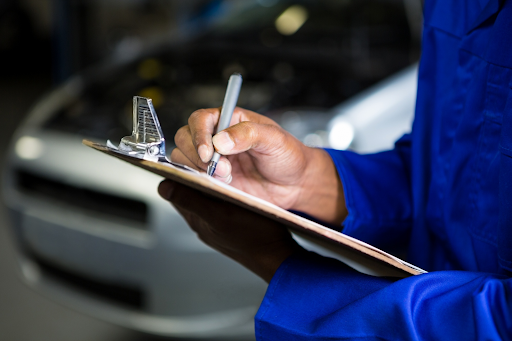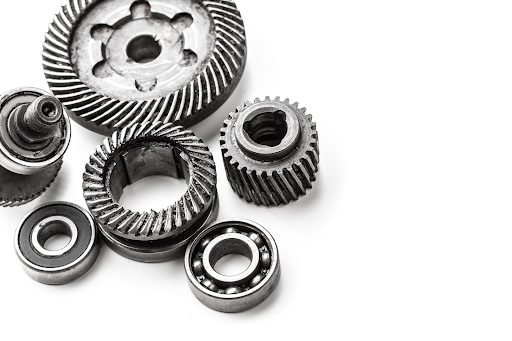Radiators are the silent protectors of every commercial vehicle, working tirelessly to keep engines cool and efficient. When a radiator starts to leak, it can quickly turn a routine day into a stressful one, especially for those relying on their vehicles for business. If you’ve noticed issues with your Tata radiators, understanding the reasons behind leaks and how to address them is crucial for keeping your fleet on the road and your operations running smoothly.
The Hidden Enemy: Corrosion and Its Impact
Corrosion is one of the most common culprits behind radiator leaks. Over time, the constant exposure to heat, moisture, and road salts can cause the metal parts of the radiator to rust. This rust eats away at the radiator’s structure, creating tiny holes and weak spots where coolant can escape. In commercial vehicles, which often cover long distances and face tough conditions, this process can accelerate, making regular checks even more important.
Corrosion doesn’t just affect the radiator itself. It can also damage connected parts like the water pump, hoses, and even the engine block. When rust particles circulate through the cooling system, they can clog up passages and reduce the efficiency of the entire system. This is why it’s important to use the right coolant and replace it at recommended intervals, as old or contaminated coolant can speed up the corrosion process.
Gaskets, Hoses, and Seals: The Weakest Links
While the radiator is the main player in the cooling system, it relies on a network of gaskets, hoses, and seals to function properly. These components are often made from rubber or other materials that can degrade over time. Exposure to high temperatures, pressure, and chemicals can cause them to crack, harden, or become brittle. When this happens, leaks can develop at the joints or along the length of the hoses.
A worn-out gasket between the radiator and the engine can allow coolant to seep out, while a cracked hose can spray coolant under pressure, leading to rapid loss of fluid. Even the radiator cap, which is designed to maintain the correct pressure in the system, can fail. If the cap’s seal is damaged, it may not hold pressure, causing coolant to boil over or leak out.
Signs That Your Radiator Is in Trouble
Detecting a leak early can save you from bigger problems down the road. Some of the most common signs that your radiator is leaking include:
- Puddles of bright green, yellow, or red fluid under the vehicle
- A sudden drop in coolant levels in the reservoir
- Frequent engine overheating, especially during heavy use
- Visible rust or discoloration on the radiator or nearby parts
- Steam or a sweet smell coming from the engine bay
If you notice any of these symptoms in your Tata radiators, it’s important to act quickly. Ignoring a leak can lead to engine overheating, which may cause severe damage and expensive repairs.
Quick Fixes and Long-Term Solutions
When faced with a leaking radiator, there are a few options to consider. For small leaks, temporary solutions like radiator sealants or epoxy can be used. These products are designed to plug minor holes and cracks, buying you some time until a proper repair can be made. However, these fixes are not permanent and should not be relied on for long-term use.
For a more lasting solution, it’s best to have the radiator and related components inspected by a professional. A mechanic can identify the exact source of the leak and recommend the right course of action. This might involve replacing a damaged hose, gasket, or even the entire radiator if the damage is extensive. Using genuine spare parts, such as a new radiator, water pump, or hoses, ensures that the repair will last and that your vehicle will continue to perform at its best.
Preventing Future Leaks: Maintenance Matters
Prevention is always better than cure, especially when it comes to radiator leaks. Regular maintenance is key to keeping your cooling system in top shape. Here are some practical steps to help prevent leaks:
- Check coolant levels regularly and top up as needed
- Inspect hoses, gaskets, and the radiator cap for signs of wear or damage
- Flush the cooling system and replace coolant at recommended intervals
- Use only the correct type of coolant for your vehicle
- Look for any signs of rust or corrosion and address them promptly
By staying proactive, you can extend the life of your Tata radiators and avoid unexpected breakdowns.
A Broader Perspective on Spare Parts and Reliability
Radiator leaks are just one of the many challenges faced by commercial vehicle operators. The cooling system is interconnected with other vital components like the water pump, engine fan, and cylinder head. When one part fails, it can put extra strain on the rest of the system. That’s why it’s important to use high-quality, original spare parts for all repairs and replacements.
Choosing genuine parts not only ensures a perfect fit but also maintains the reliability and performance of your vehicle. Whether it’s a new radiator, engine gasket, or oil cooler, investing in the right components pays off in the long run by reducing downtime and repair costs.
Keeping Fleets Moving
For people who rely on their commercial vehicles every day, a leaking radiator isn’t just a small issue—it can seriously disrupt business and even put safety at risk. That’s why it’s so important to know what causes radiator leaks, how to spot the early warning signs, and what steps to take when something goes wrong. A little attention today can save a lot of trouble down the road. Regular checkups and using the right spare parts can go a long way in keeping your vehicle running without a hitch.
When it’s time to replace parts, many fleet owners and operators turn to Tata Genuine Parts. Their parts are built for the specific demands of Tata Motors commercial vehicles—whether it’s radiators, hoses, gaskets, or anything else under the hood. With a strong focus on quality and durability, Tata Genuine Parts helps ensure that your vehicle stays on the road, delivering safely and efficiently, day after day.





